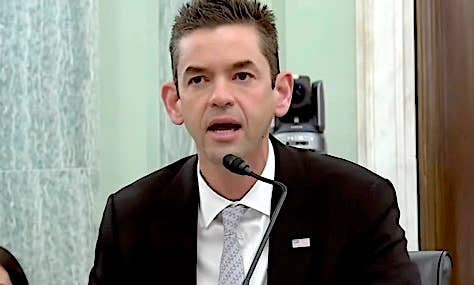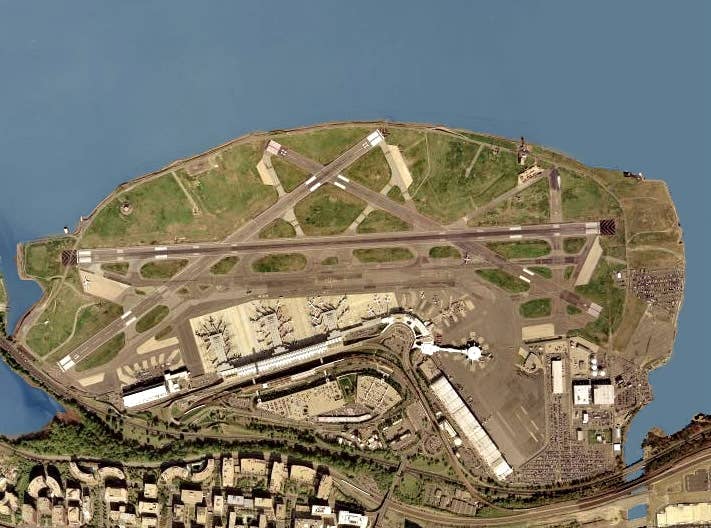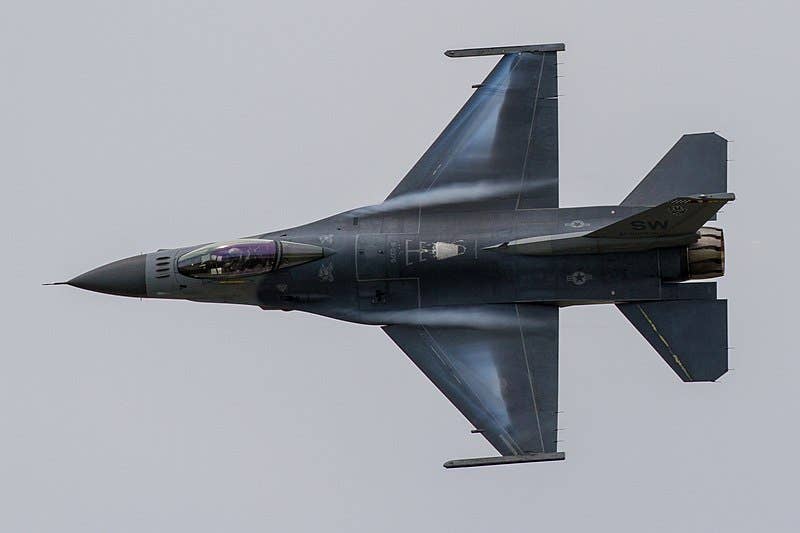Inverter Lockout Cited In ZeroAvia Hydrogen Test Bed Accident
The forced landing of a hydrogen-powered Piper PA-46-350P Malibu Mirage test bed operated by hydrogen-electric aircraft developer ZeroAvia last year resulted from an inverter lockout, according to the final accident…

Image: AAIB
The forced landing of a hydrogen-powered Piper PA-46-350P Malibu Mirage test bed operated by hydrogen-electric aircraft developer ZeroAvia last year resulted from an inverter lockout, according to the final accident report published by the U.K.’s Air Accidents Investigation Branch (AAIB). Investigators found that “the loss of power occurred during an interruption of the power supply when, as part of the test procedure, the battery was selected off with the intention of leaving the electrical motors solely powered by the hydrogen fuel cell. During this interruption the windmilling propeller generated a voltage high enough to operate the inverter protection system, which locked out the power to the motors.”
Attempts to restart the system were unsuccessful and the aircraft, which was being flown as part of ZeroAvia’s Project HyFlyer I flight test program, was severely damaged when it landed off-airport and impacted a ditch and a hedge. As previously reported by AVweb, the accident took place on April 29, 2021, near Cranfield Airport. No post-crash fire occurred and no one was injured in the accident.
Issues identified in the AAIB’s report include the positioning of the pilot’s display unit, which was obscured by the pilot’s hand on the throttle, along with warning and caution indications that had no attention-getting properties. The AAIB further concluded that “sufficient ground testing had not been carried out to determine the effect of the back voltage from a windmilling propellor on the inverter protection system” and that the emergency procedures established for the situation were ineffective. In addition, it found that a loss of power due to an inverter lockout had occurred on several previous flights and had not been properly investigated nor had risk assessments been reviewed following those flights.
The AAIB’s safety recommendations related to the accident call on the U.K. Civil Aviation Authority (CAA) to take actions such as developing guidance on the use of existing materials related to the design and positioning of controls and displays on experimental aircraft, clarifying “the scope of projects considered suitable to be carried out” under experimental conditions and requiring an independent review of the dossier for aircraft operating under experimental conditions. The AAIB also recommended that CAA require that individuals nominated as a competent person under CAP1220, Operation of Aircraft Under E Conditions, have the knowledge, skills, experience and capacity to manage and oversee the registered experimental test program and that CAA “enhance the guidance for the competent person and principal test pilot in the organisation, management, and conduct of the flight of an experimental aircraft project.”
“While the report does not make specific recommendations for ZeroAvia within its conclusions, many of the issues identified in the report were similarly noted in our internal investigation and have subsequently been addressed robustly,” the company said in a statement. “We have embedded key learnings into both our organisational culture and structure, as well as our future technical designs.” ZeroAvia also noted that it has established a Safety and Security Review Board along with a safety management system, which includes occurrence reporting, investigation and corrective actions functions, since the accident.






